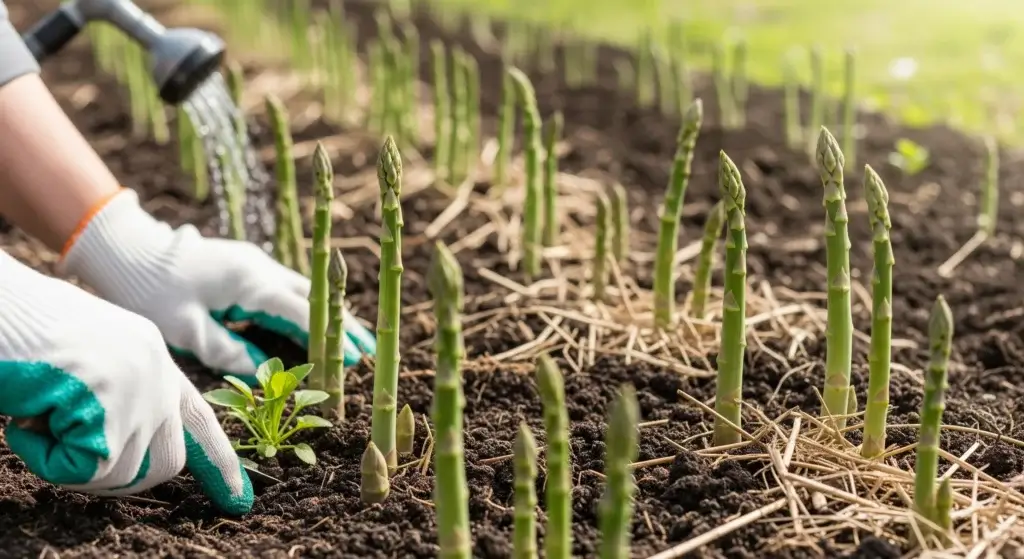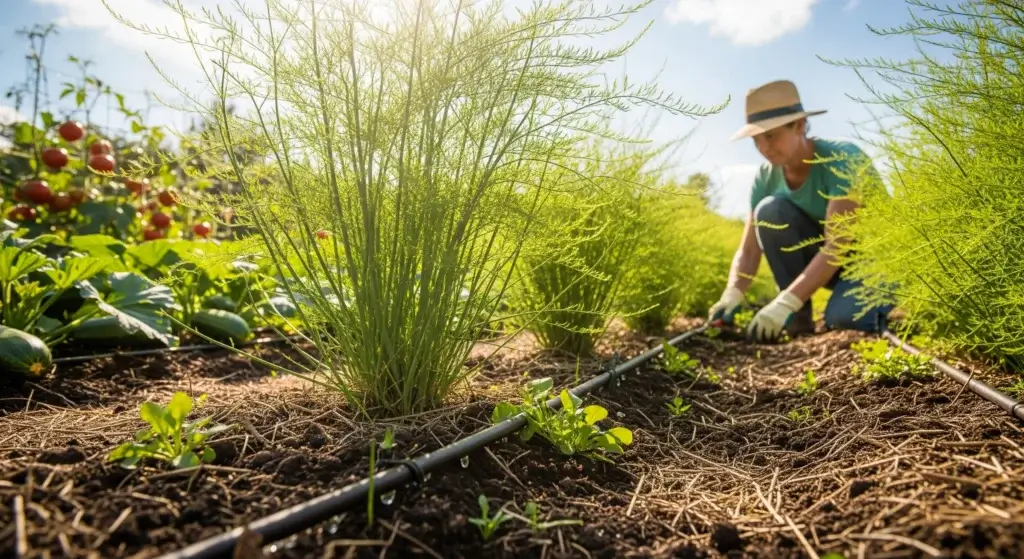
Cauliflower is a popular vegetable that requires pollination to produce its characteristic white curds.
Pollination is the process by which pollen is transferred from the anther of a flower to the stigma, resulting in the formation of seeds and the development of fruits.
In this blog post, we’ll explore the importance of pollination for cauliflower, the types of pollinators that aid in its growth, and how to attract these pollinators to your cauliflower crop.
Why is Pollination Important for Cauliflower?
Pollination plays a vital role in cauliflower production by facilitating the formation of seeds and the development of fruits.
Without pollination, cauliflower plants cannot produce their signature white curds, leading to reduced yield and compromised crop quality.
Therefore, ensuring adequate pollination is essential for successful cauliflower cultivation.
- Read also: A Guide to Watering Your Cauliflower Plants
- Read also: The Nutrient Riches For Cauliflower

Different Types of Pollination
Various types of pollination contribute to the reproductive process in plants, including cauliflower:
Cross-pollination
This is the most common type of pollination observed in cauliflower plants.
It involves the transfer of pollen from the anther of one flower to the stigma of another flower.
Insects like honey bees and blowflies play a vital role in cross-pollination by carrying pollen between flowers as they forage for nectar.
Self-pollination
In self-pollination, pollen is transferred from the anther of a flower to the stigma of the same flower.
While less common in cauliflower compared to cross-pollination, it can still occur under certain conditions.
However, self-pollination may result in reduced genetic diversity and potentially weaker offspring, making it less favorable for crop production.
Wind-pollination
Some plants, particularly grasses, rely on wind to carry pollen from one flower to another.
However, wind-pollination is less common in cauliflower, as insects primarily serve as the primary pollinators.
Cauliflower flowers typically have characteristics that attract insects, such as bright colors and fragrances, which help ensure effective cross-pollination.
Water-pollination
Water-pollination occurs when pollen is transported by water, such as rain or irrigation water.
While this type of pollination is less common in cauliflower, it may still play a minor role in certain environments.
However, insects remain the primary agents of pollination for cauliflower, ensuring reliable and efficient fertilization for optimal crop yield and quality.

Types of Pollinators for Cauliflower
Cauliflower relies on various types of pollinators to facilitate the pollination process, ensuring successful reproduction and crop production.
Here are some common pollinators for cauliflower:
Honey bees
These hardworking insects are among the most important pollinators for cauliflower.
Honey bees are attracted to flowers with sweet nectar, such as those found on cauliflower plants.
As they visit flowers in search of food, they inadvertently transfer pollen from one flower to another, facilitating the fertilization process.
Bumble bees
Larger and hairier than honey bees, bumble bees are also significant pollinators for cauliflower.
They are known for their ability to fly in cooler temperatures, making them effective pollinators in regions with varying climates.
Bumble bees are particularly adept at pollinating crops in open fields, where cauliflower plants may be widely dispersed.
Other pollinators
In addition to bees, other insects can also contribute to the pollination of cauliflower.
Butterflies, moths, and beetles are examples of insects that may visit cauliflower flowers and inadvertently transfer pollen as they feed on nectar.
While not as efficient as bees, these insects still play a role in pollination, especially in areas where bee populations may be limited.

How to Attract Pollinators to your Cauliflower Crop
To attract pollinators to your cauliflower crop and promote healthy pollination activity, consider implementing the following strategies:
Plant a variety of flowers
Create a diverse floral landscape by incorporating a mix of annual and perennial flowers that bloom at different times throughout the growing season.
This ensures a continuous supply of nectar and pollen for pollinators, attracting them to your cauliflower crop.
Choose flowers with bright colors and fragrances to further entice pollinators to visit.
Maintain a healthy cauliflower crop
Healthy cauliflower plants produce more nectar and pollen, making them more attractive to pollinators.
Ensure your crop receives proper nutrition, irrigation, and pest management to optimize plant health.
Healthy plants not only benefit from increased pollinator activity but also result in higher-quality cauliflower yields.
Avoid pesticides
Minimize the use of pesticides in your cauliflower crop, as some chemicals can be harmful to pollinators.
Opt for organic or less toxic pesticide options that specifically target pests while minimizing harm to beneficial insects like bees and other pollinators.
Implement integrated pest management practices to manage pests effectively while preserving pollinator populations.
Provide nesting sites
Create nesting opportunities for bumble bees by placing small pots filled with damp peat moss in and around the cauliflower field.
Bumble bees nest in underground burrows or cavities, so providing suitable nesting materials can attract these important pollinators to your crop.
Ensure nesting sites are sheltered and protected from disturbances to support bumble bee populations throughout the growing season.
Encourage natural predators
Introduce natural predators, such as ladybugs and lacewings, to your cauliflower field to control pests that can harm pollinators.
These beneficial insects prey on common cauliflower pests like aphids and caterpillars, reducing the need for chemical pesticides while supporting pollinator health.
By fostering a balanced ecosystem, you can create a favorable environment for both pollinators and natural predators to thrive.

- Read also: Unforgettable Foes: Mastering Common Cauliflower Pests
- Read also: Preventing Cauliflower Bolting: Keep Your Cauliflower Blooming
Conclusion
Pollination is essential for the growth and development of cauliflower, and honey bees and bumble bees play a crucial role in this process.
By understanding the importance of pollination and implementing strategies to attract pollinators to your cauliflower crop, you can increase your yield and produce high-quality cauliflower.
FAQs
Honey bees are attracted to the nectar and pollen produced by cauliflower flowers and help transfer pollen from the anther to the stigma, ensuring the formation of seeds and the development of fruits.
Bumble bees are larger, hairy bees that can fly in cooler temperatures and are more effective at pollinating crops in open fields. They play a vital role in the pollination process of cauliflower.
You can attract pollinators to your cauliflower crop by planting a variety of flowers, maintaining a healthy crop, avoiding pesticides, providing nesting sites, and encouraging natural predators.



